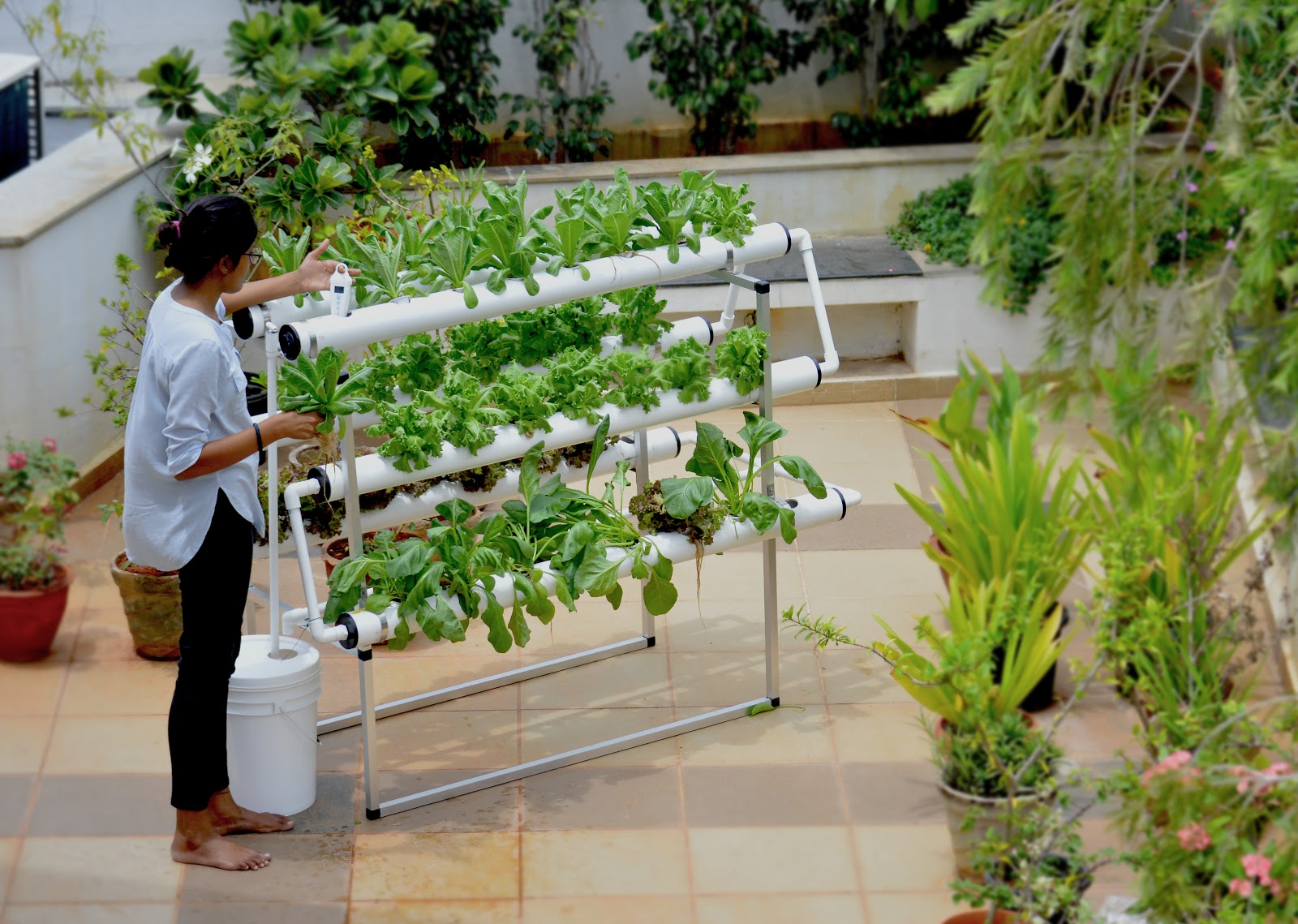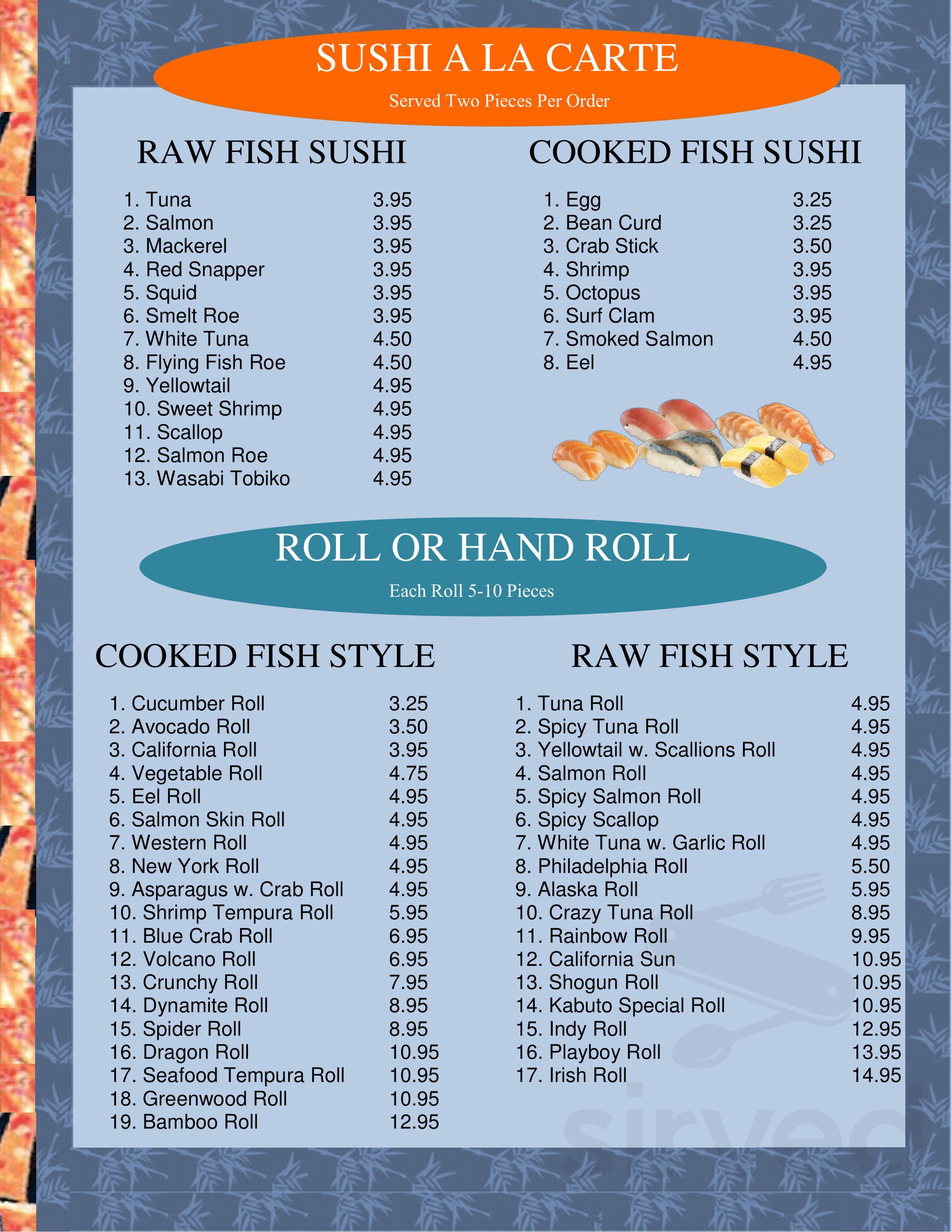Table of Content
Small community gardens grew into larger projects with numerous non-profits forming to address both the problems of food deserts and vacant properties. Farmers' markets, such as the farmers' market in Los Angeles, provide a common land where farmers can sell their product to consumers. Large cities tend to open their farmer's markets on the weekends and one day in the middle of the week. For example, the farmers' market of Boulevard Richard-Lenoir in Paris, France, is open on Sundays and Thursdays.

The presumption surrounding 'definite' phyto-toxic sodium levels in RAS effluents should be reconsidered – practical solutions available too. The invention of aeroponics was motivated by the initiative of NASA to find an efficient way to grow plants in space in the 1990s. Unlike conventional hydroponics and aquaponics, aeroponics does not require any liquid or solid medium to grow plants.
Continuous-flow solution culture
The idea of supplemental food production beyond rural farming operations and distant imports is not new. It was used during war and depression times when food shortage issues arose, as well as during times of relative abundance. Allotment gardens emerged in Germany in the early 19th century as a response to poverty and food insecurity. Using chemical equipment for hydroponic solutions can be beneficial to growers of any background because nutrient solutions are often reusable.
In aquaponics, you do not need to replace your water; you only top it off as it evaporates. Overwatering can result in flooding, evaporation, runoff, soil compaction, prevent air to get to the roots and kill plants with saturation. Alternatively, too little water, hot dry climates, drought and water shortages can wreak havoc on plant growth and can easily result in plant death as well.
Green Spirit Hydroponics.
Irrigation scheduling avoids moisture stress by replenishing depleted water before stress is induced. Soil, also commonly referred to as earth or dirt, is a mixture of organic matter, minerals, gases, liquids, and organisms that together support life. Some scientific definitions distinguish dirt from soil by restricting the former term specifically to displaced soil. VertiFarms in New Orleans targets corporate rooftops for vertical farming, accruing up to 90 corporate clients for rooftop vertical farming in 2013. EcoPonics is an aquaponics company based out of Iceland that is joining similar companies from Iceland, Denmark, and Spain to advocate for the implementation of commercial and competitive Aquaponics systems in European countries.

Composting is now widely used to treat aerobically solid domestic waste and dried effluents of settling basins. Although compost is not soil, biological processes taking place during composting are similar to those occurring during decomposition and humification of soil organic matter. The degree of buffering is often related to the CEC of the soil; the greater the CEC, the greater the buffering capacity of the soil.
Do hydroponic plants grow faster than soil-based plants?
Industrial farms are often thousands of miles from where their food is consumed. This requires extensive transportation, refrigeration, and packaging to get the food from farm to table. Soil can be a wonderful natural resource, or a very time-consuming element to manage when you are trying to grow plants. The utilization of untreated wastewater for urban agricultural irrigation can facilitate the spread of waterborne diseases among the human population. Urban agriculture also makes the city a healthier place to live by improving the quality of the environment.
As of 2017, Canada had hundreds of acres of large-scale commercial hydroponic greenhouses, producing tomatoes, peppers and cucumbers. Hydroponics is not only used on earth, but has also proven itself in plant production experiments in space. Our analysis of pedon data from several disturbed soil profiles suggests that physical disturbances and anthropogenic inputs of various materials can greatly alter the amount of C stored in these human "made" soils. Both animals and humans occasionally consume soil for medicinal, recreational, or religious purposes. It has been shown that some monkeys consume soil, together with their preferred food , in order to alleviate tannin toxicity. Cellulose and hemicellulose undergo fast decomposition by fungi and bacteria, with a half-life of 12–18 days in a temperate climate.
Join Women's Health+
The City and local nonprofit groups have been providing land, training and financial encouragement, but the impetus in urban farming has really come from the farmers, who often volunteer when their regular workday is done. One NYC urban agriculture initiative targeted at low-income residents is the Farms at NYCHA project. The program is a city-partnership placed in 12 neighborhoods that is intended to expand access to healthy food, promote healthy public housing committees and to develop young leadership. Another program comes from Grow to Learn, which provides opportunities for public school students to learn through urban farming. Now, there are seven types of urban agriculture systems in Accra, and these practices been able to contribute not only to food security, but also sanitation, water management, and public health.
From the highest terrace, a view extended as far as Lake Tai, the Great Lake. Follow this step-by-step guide and companion video to create a floating hydroponic garden. In 2015 the London company, Growing Underground, began the production of leafy green produce underground in abandoned underground World War II tunnels. Buyers receive six mesh pots, six preseeded coconut coir seed pods, and six plastic domes to cover newly sown seeds before they sprout.
The Fong Lau Chee Experimental Farm in Dongguan, Guangdong has worked with new agricultural advancements in lychee production. This farm was established with aspirations of producing large quantities and high-quality lychees, by constantly monitoring sugar content and their seeds. This research, conducted by local agricultural universities allows for new methods to be used with hopes of reaching the needs of city consumers. The City of Ottawa is home to the largest urban farm in the nation, the Central Experimental Farm . Centrally located and surrounded by the city, the 4 square kilometres (1.5 sq mi) farm is an agricultural facility, working farm, and research center of Agriculture and Agri-Food Canada. The City of Ottawa is also home to numerous urban farms within the 203.5-square-kilometre (78.6 sq mi) greenbelt.
First, urban agriculture may reduce racial and class disparities in access to healthy food. When urban agriculture leads to locally grown fresh produce sold at affordable prices in food deserts, access to healthy food is not just available for those who live in wealthy areas, thereby leading to greater equity in rich and poor neighborhoods. Produce from urban gardens can be perceived to be more flavorful and desirable than store bought produce which may also lead to a wider acceptance and higher intake.
Humus has a high cation and anion exchange capacity that on a dry weight basis is many times greater than that of clay colloids. It also acts as a buffer, like clay, against changes in pH and soil moisture. Aquaponic systems do not typically discharge or exchange water under normal operation, but instead, recirculate and reuse water very effectively. The system relies on the relationship between the animals and the plants to maintain a stable aquatic environment that experience a minimum of fluctuation in ambient nutrient and oxygen levels.
Plants are able to recover dissolved nutrients from the circulating water, meaning that less water is discharged and the water exchange rate can be minimized. Water is added only to replace water loss from absorption and transpiration by plants, evaporation into the air from surface water, overflow from the system from rainfall, and removal of biomass such as settled solid wastes from the system. As a result, aquaponics uses approximately 2% of the water that a conventionally irrigated farm requires for the same vegetable production. This allows for aquaponic production of both crops and fish in areas where water or fertile land is scarce. Aquaponic systems can also be used to replicate controlled wetland conditions. Constructed wetlands can be useful for biofiltration and treatment of typical household sewage.
Negatively charged sites on colloids attract and release cations in what is referred to as cation exchange. Cation-exchange capacity is the amount of exchangeable cations per unit weight of dry soil and is expressed in terms of milliequivalents of positively charged ions per 100 grams of soil (or centimoles of positive charge per kilogram of soil; cmolc/kg). Similarly, positively charged sites on colloids can attract and release anions in the soil, giving the soil anion exchange capacity. Soils can effectively remove impurities, kill disease agents, and degrade contaminants, this latter property being called natural attenuation. Typically, soils maintain a net absorption of oxygen and methane and undergo a net release of carbon dioxide and nitrous oxide. Soils offer plants physical support, air, water, temperature moderation, nutrients, and protection from toxins.


No comments:
Post a Comment